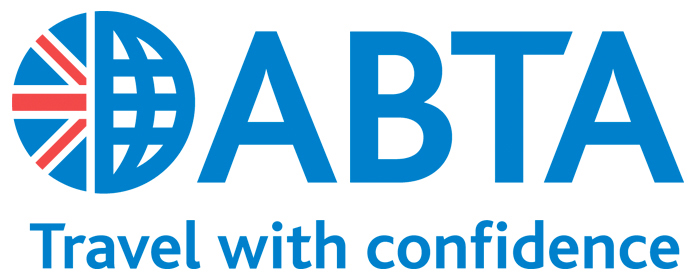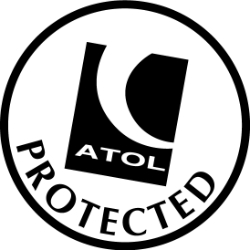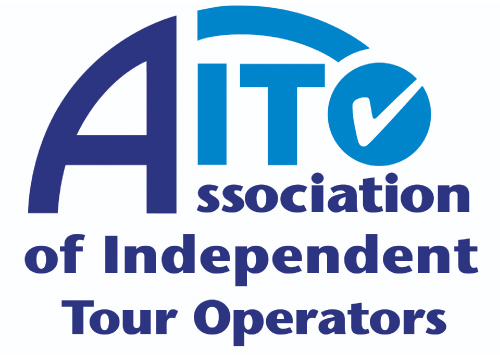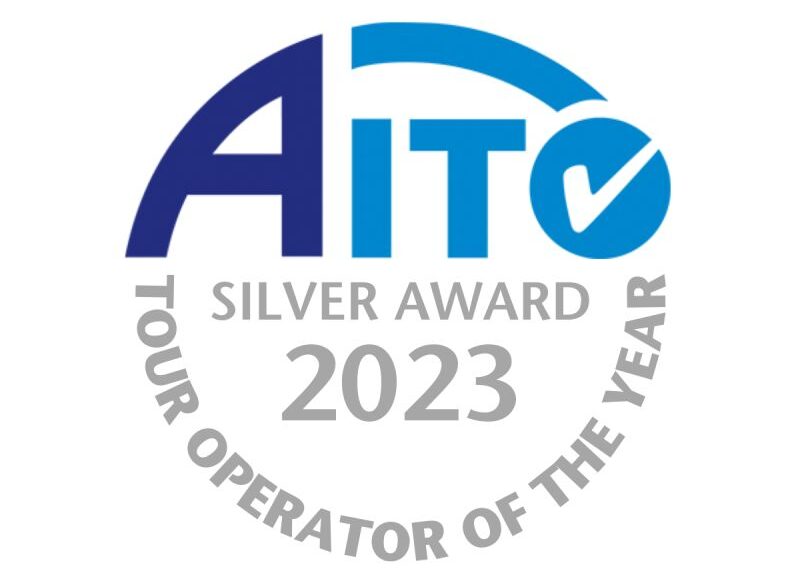Everything you need to know about getting to Machu Picchu!
Machu Picchu is a huge highlight for anyone’s visit to Peru and the journey to reach it is a great part of the experience, this is why we want to make sure you get it absolutely right and choose the best option that suits you! With a variety of different walks, hikes and trains there is certainly something for everyone but if you are looking to get there by the Inca trail please do book your holiday in good time as the places are highly regulated. We suggest booking at least 6 – 9 months in advance.
The best time to visit Machu Picchu
Peak season for visiting Machu Picchu is July and August and you will need to book in good time to get on the Inca trail at this time of year. At this time, it is the driest with the rainy season taking place between November & March.
We would recommend travelling to Peru in the dry season (April to October) and travellers should not be too put off by busy crowds when visiting Machu Picchu in the peak season as visitor numbers are limited every day, so even in the very busy times it does not feel overwhelmingly crowded.
In the month of February, the Inca trail is closed to walkers, so restoration work can take place. Machu Picchu is still open and can be visited by train & bus.
A brief note on altitude
Machu Picchu is located at 2,450 metres above sea level and Cusco 3,400 metres. When you are at these heights there is 20 per cent less oxygen in the air. This does bring the rise of altitude sickness. In most people the symptoms are very mild, and you might just feel a bit heavy and sluggish and it will wear off in a day or two.
It can however be accentuated by doing anything energetic and so we will ensure your trip includes time to acclimatise before any treks to Machu Picchu.
Machu Picchu by rail
The most common train ride to Machu Picchu departs from Cusco in the Sacred Valley to the small town called Aguas Calientes, which has sprung up in the valley below Machu Picchu. This is both the disembarking point for the train and a place to gather after descending from Machu Picchu or finishing the Inca trail.
There are a number of trains that make this journey, from the regular service which is functional and comfortable, to Vistadome services for the panoramic windows and the luxury Hiram Bingham train with fine dining and entertainment.
The journey is only about 3.5 hours but it can be broken up by stopping or staying overnight at Ollantaytambo in the Sacred Valley.
Once in Aguas Calientes you will then catch a 25-minute bus up to the entrance of Machu Picchu. This is the only way to get there and there are no private services/transfers. Buses run throughout the day from 5am. Please note the return journey by bus to Aguas Calientes can have large queues of up to two hours in peak season.
Machu Picchu by foot
Trekking to Machu Picchu is a fantastic and a unique experience on any holiday and we can suggest treks with ranging routes and distances, so you can find something that suits you. There are strict regulations on the number of walkers on the trail however and only 500 people can start walking the trail each day which also includes porters. Permits are known for selling out far in advance, so it is essential to book your trip early if you would like to include this.
The Classic Inca Trail
The 4-day classic Inca route is not known for being easy. It takes you through dense cloud-forest, over mountain passes and across stretches of grassland where trekkers camp overnight. Porters carry your luggage and set up each day. Along the route you pass Inca fortresses, temples and settlements which add to the thrill of the trek where you are literally treading in the footsteps of a vanished civilisation.
You begin with a pre-trek briefing before setting off along the Urumbamba River passing stone terraces and settlements of Patallacta which was once used as soldier’s barracks by the Inca’s. On the second day the difficulty increases as you start in cloudforest before the path heads over Dead Woman’s Pass. This is the trail’s highest point at 4,200 metres.
On the third day you will enter what is called the Inca Flat before walking down Inca staircases and through tunnels cleaved out of granite. The day ends at Wiñay Wayna, a complex of farming houses, terraces and fountains where you camp for the night.
The final day starts early as most people will aim to reach the Sun Gate (Intipunku), once the fortified main entrance to the site, in time to see the sun break over Machu Picchu. It is however most likely that you will see this wondrous site emerging through a cloud. This does normally burn off throughout the day. At this point the ruins look truly majestic as they sit amongst the clouds between the mountains either side. Your guide will then lead you for a tour of the site.
One Day Inca Trail
This is a great option for those not so keen on the quite arduous classic route. If you opt for the one-day hike you will be doing the last leg of the Inca Trail. You begin by crossing the Urumbamba River before going up hill via Wiñay Wayna. The highlight of this over the train is you get your first peek of Machu Picchu through the Sun Gate!
The Salkantay Trek
The Inca’s most sacred mountain was the Salkantay which is still worshipped by local people. This trek takes you to Machu Picchu on a stunning route that whilst has fewer ruins than the Inca trail also has fewer people! On this route you will arrive at Aguas Calientes where you will spend a night before heading up to Machu Picchu the following morning.
On this trek you can opt for the four- day camping version which is quicker paced and at a lower cost. However, if you have the time and budget the six-day route is an incredible experience as you will stay in cosy mountain lodges along the way. Whichever route you do this trail takes you through far more settlements than the Inca trail and so you get to enjoy the local culture along the way.
Lares Trek
If the cultural aspect is an important one for you, then the Lares Trek may be the best option for you. It takes you through the Lares valley and you can either camp or stay in mountain lodges. This route takes you to communities of weavers and alpaca farmers where lifestyles haven’t changed for hundreds of years. This trek is flatter and less mountainous but does give you a chance to see first-hand how Andean people live and work.
Shorter Treks at Machu Picchu
As a first note we would recommend including two visits to Machu Picchu, so you have plenty of time to explore the ruins and allow the option for some of the shorter hikes.
Walk to the Sun Gate
This is the gate that those doing the Inca Trail will arrive through. However, if you aren’t doing the hike you can still visit it. It takes about an hour there and back along a rocky footpath. At the end of the trail you can look back and see Machu Picchu in all its glory!
Summit Huayna Picchu
This is a climb of around one and a half hours which takes you to the top of this pointed peak shadowing the ruins to the north. The very top section is very steep, exposed and slender so it isn’t for those with vertigo. The reward for this option is viewing Machu Picchu from a birds-eye view. Please note you must have the correct ticket, bought in advance, to climb this summit – not the standard ticket.
Climb Machu Picchu Mountain
This option is longer than the Huayna Picchu option, but it isn’t as steep. You navigate over well-worn rocks and deep treaded steps to the top where you get a 360-degree panorama over Machu Picchu and the mountains surrounding it. Please note you must have the correct ticket, bought in advance, to climb this summit – not the standard ticket.
Travel Insurance or treks to Machu Picchu
Please do check your travel insurance if you are trekking to Machu Picchu on your holiday to Peru. You will need to make sure you are covered for treks at altitude.





